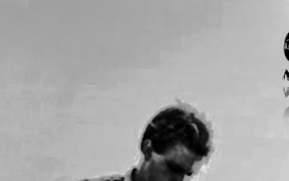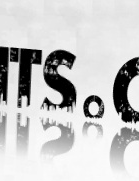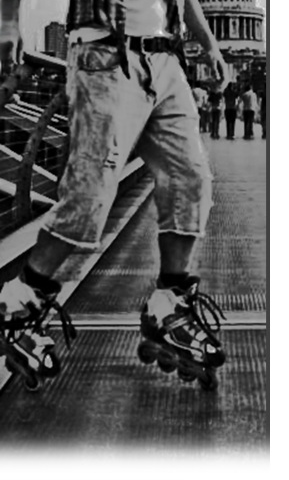





















Which Inline Wheels Are Best For Me?
Choosing the right wheels for the job can be a tricky one. There is a lot of choice out there, so it helps to know a bit about what you are buying. I can’t say what wheels are right for you, but I have written this guide to explain what all the terminology means, to help you make the most informed choice! Let’s start with the basics. |
||||||||||||||||||||||||
Size What size wheels should I buy? Size is a measure of the diameter of the wheel in millimetres. Size varies from the very small wheels for aggressive skates (around 52mm) to the super large wheels for speed skating (110mm). The most common wheel size for recreational and street skating is 80mm. The larger a wheel is, the more speed you will get from it, but you will have less manoeuvrability. When buying wheels, you need to consider what size will be best for you, but also… remember to check your frames will fit the wheels you want! |
||||||||||||||||||||||||
Durometer What does the durometer of a wheel mean? The durometer is a measure of how hard a wheel is. You can usually find this written on the wheel somewhere. Generally a harder wheel will last longer than a softer one, but the quality of the polyurethane compound (the wheel rubber) is also a determining factor. Two 85A wheels from different brands will wear and ride differently. 84A - 86A are standard levels of hardness. These are what you should be aiming for with most of your skating. You will have to decide whether you want to go for a slightly softer wheel with more grip; Or a harder wheel for more speed. |
||||||||||||||||||||||||
Core/Hub Does the core of my wheel matter? The core of a wheel is the plastic centre, and is important too. Generally most cores from the major brands will perform fine. But if you are doing toe-tricks where all of your weight is on one wheel, or a lot of aggressive skating (big impacts). You may need to consider the core will be adequate to support you. Also, the “hole” in the middle needs to fit your bearings. Most cores are 608 standard size, but some fit micro-bearings. All Gyro wheels have standard 608 sized cores. For larger race wheels, the core also comes into play in a way you might not expect. As the wheels get larger the flexibility of the core actually starts to affect your push. A flexible core will give you a little extra spring in your step. |
||||||||||||||||||||||||
Profile How does the profile of a wheel affect my skating? The more elliptical the wheel profile, the faster you will go, as you will have less rolling resistance (less contact with the ground). But bear in mind that the elliptic-cality (is that a word?) will naturally wear out quite fast, and you will be back to a standard round profile. |
||||||||||||||||||||||||
Weight Does the weight of the wheel matter? The lighter the wheel the less tired you will get as you skate. Most wheels [of the same size] weigh the same. However some wheels are marketed as “lightweight”. These have a larger core with little actual rubber. This can make them very light but they get cored [see below] very fast. |
||||||||||||||||||||||||
Glossary |
||||||||||||||||||||||||
Rocker Rockering your skates is when you use different sized wheels along your frame to produce different effects. The most common rocker [other than a flat setup] is the banana rocker, which gives you great agility, but less top end speed. Rotating wheels Soapy Play Cored Triangled Flat-Spot |
||||||||||||||||||||||||
We hope you found this guide useful. And please note all guides are always works in progress. If you have any comments/questions/corrections or something you want to add, please let us know at feedback@skatebits.com |
||||||||||||||||||||||||
 |
||||||||||||||||||||||||